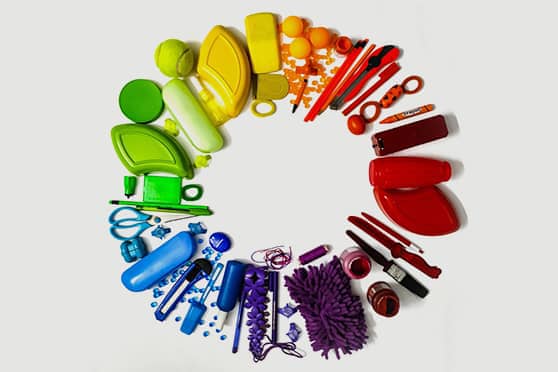Design education: How the pandemic redesigned its pedagogy in hybrid mode


The pandemic affected higher education in general and design education in particular. Design education has always been known for the hands-on approach to learning. Online classes, especially with limited screen time, became the norm during the pandemic and subsequent lockdown, and design lost its touch-and-feel approach to learning.
During the pandemic-enforced remote teaching and learning, the process(es) and methods of pedagogy and associated activities kept evolving. We innovated ways to plan, deliver, communicate and evaluate design assignments done through online classes.
Planning: Anticipating Limitations
The precursor to a module is planning the course while anticipating the limitations and benefits of remote learning, and bracing for the necessary changes in methods and tools of engagement.
The transition from classroom to remote learning spaces required effectively deriving new methods and curating tools from an experiential point of view. This led to defining criteria for effective learning vis-a-vis engagement, communication, incorporation of feedback and peer-to-peer interaction.
Negotiating changes
Identifying features and characteristics of the physical classroom spaces that a particular course utilises is important to plan a remote classroom experience.
Design students who are learning from home occupied the dining table of the house as their work table. Online stores delivered materials home, whether it was double-sided tape or play dough. The cartons from these stores became raw material for prototyping. Found objects around the house became teaching materials for understanding the colour wheel.
Documenting and exhibiting
It is necessary to document the class progress, student work, assessments and presentations in a well-organised manner. Cloud storage services have been utilised while keeping in mind privacy and security of sensitive content like marks, etc.
In the context of design education, exhibition and presentation is an integral part of learning. Digital paradigm enabled use of various tools/services such as ArtSteps for a virtual display of work; Prezi and Miro for peer engagement; apart from conventional yet effective tools like Slides, PowerPoint and so on for presentations.
Evaluation and feedback
Since the remote paradigm was embraced rapidly, it was important to create feedback and assessment systems that are more suited for this “decentralised” classroom.
— Daily track of student learning
— Micro submissions and quick assessments
— Gamification of evaluation
— Periodic reflections and feedback sessions to gauge understanding
Influencing choices
Students who had the liberty of choosing products and systems to work upon were encouraged to look at problems around the house during the lockdown or quarantine. This led to students working on designs of door stoppers, kitchen containers and study tables.
The user base was contained to elders and children around the house. As a result, a new field of design emerged: design for the elderly. Walkers, pill boxes, elder-friendly ATMs and home printers, apps for the elderly were all redesigned by students. At JKLU, we call it GREY DESIGN.
A new model of teaching has now emerged — the hybrid model that caters to both in-person classes and online ones. This is now the accepted pedagogy of design education.
Is this model here to stay? Unlike other courses, design teaching has its own requirements that enable the students to work and discuss. Courses should be sorted for online learning, classroom learning and blended learning.
Blended learning offers many advantages to be written off as a temporary inconvenience. It has made the ‘flipped’ classroom a reality. Digital resources as teaching tools is now the norm. Circulars have given way to WhatsApp group messages. Books have given way to PDF handouts. Facebook and blogs will continue to be in places where peer reviews will happen.
It has brought professors from global institutions to our screens, letting star faculty to teach remotely. With faculty from across the over on your computer screen, the standard of teaching and learning has gone up considerably as we witness geography becoming history.
A Balasubramaniam is the director of Institute of Design, JK Lakshmipat University, Jaipur.